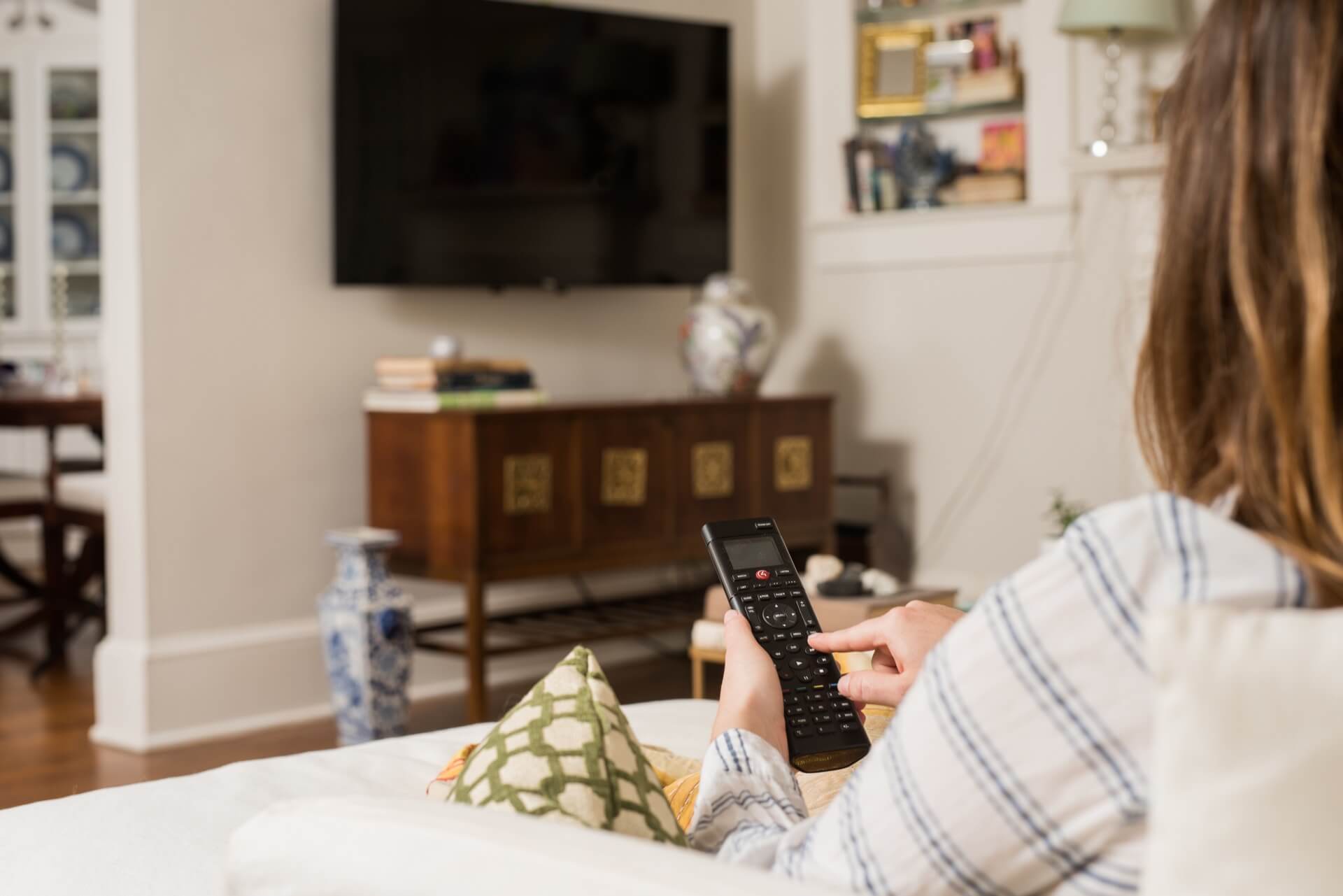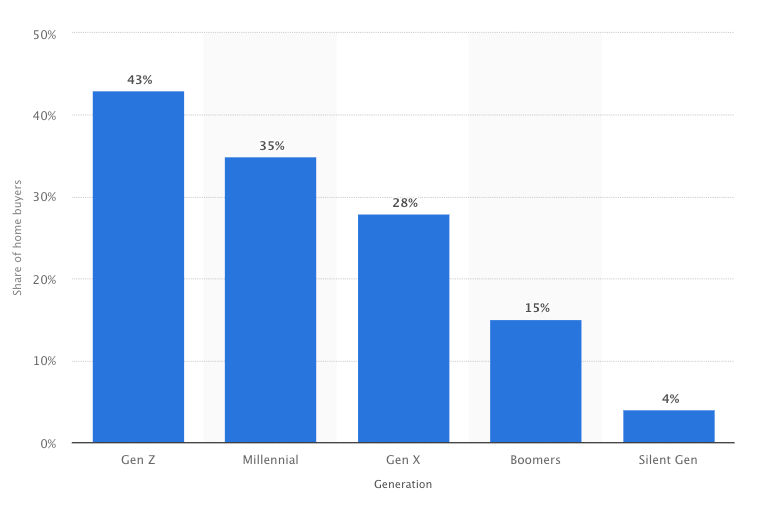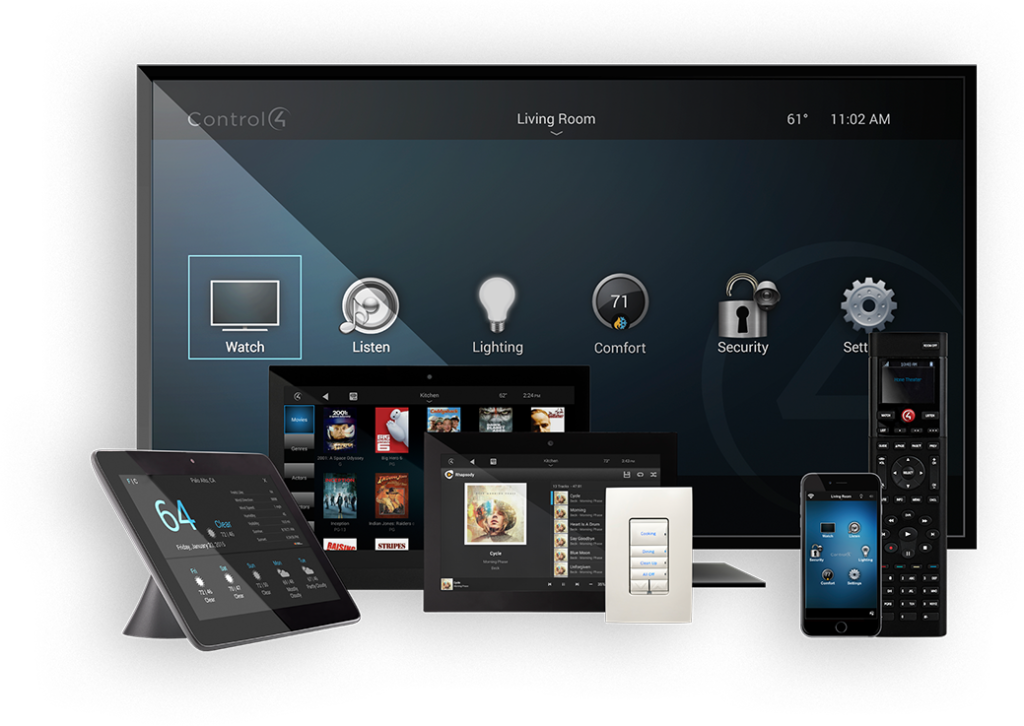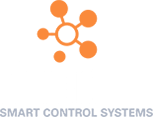
“Home automation” refers to the automatic and electronic control of household features, activity, and appliances.
Remember when you had to change the channel on your television manually? Walking back and forth between your couch and the TV is a thing of the past. Home convenience and technology is now taking yet another step forward: home automation.
Not only has the remote control revolutionized watching television, but it now has the ability to control even more. Lights, sound, and garage doors are all able to be adjusted without standing up (unless the remote is on the other side of the room).
Flash forward to today: you can ditch the remote, too.
You have the ability in 2019 to simultaneously adjust lights, temperature, volume, cameras, and more throughout your home.
What is Home Automation?
Home automation is sometimes referred to as domotics (Latin for home + robotics). It’s a network of hardware and software throughout a home, allowing for easy control of utilities, appliances, and features like lights, heating, and sound.
You’ve probably heard of a home with an automation system referred to as a smart home or smart house. Often connected to the internet, home automation systems are a huge step forward for the Internet of Things.
Home automation has grown significantly in popularity since 2016 and is most popular (not surprising) among Millennial and Gen Z consumers.

Smart home usage (from Statista)

Home automation growth (from Statista)
Apart from being cutting edge, what can home automation offer you?
A Connected Home
Home automation allows for ultimate centrality: everything in your home controlled from a single, central source. This central hub acts as the brain of your home.
You can access all aspects of your home from this convenient interface – a wall mounted screen, tablet, or phone. You can typically control aspects of your home when you’re not even present. No matter the size of your home, you can automate and control every aspect.
Not only do you have control, but you can set up different aspects of your home to work together. Connect your security system to your lighting system to ward off intruders while away.
A Smart Home
Home automation allows for ultimate efficiency. Smart homes can significantly cut down on energy costs. Fraunhofer Institute calculates home automation can save up to 40% on heating costs.
Simply Self Storage estimates homes that implement the majority of available smart home devices can save almost $1,000 a year.
Not only does automating your home save money, but time as well. Thanks to intelligent features and settings, you no longer have to manually set your thermostat, sprinkler system, or lighting.
In fact, you can even set up scenes. For instance, you could create a “Cooking” scene that brightens the kitchen, dims the rest of the house, turns on the audio in the kitchen, and lowers the temperature a degree or two.
Marketing automation saves both time and money.
A Safe Home
Smart security systems can offer you peace of mind no matter where you are – at home or on vacation. You can secure your home with a single click or setting, meaning you can automate deadbolts or lock the doors while away.
Surveillance systems and cameras allow you to monitor the house, garage, and yard while you’re away. You could even check on your kids while on date night to make sure they aren’t terrorizing the babysitter (or vice versa).
A Comfortable Home
Smart homes can save time, money, and provide peace of mind – but they also just make life easier. Home automation can allow you to:
- Warm the house up on the way home from a cold evening
- Lock the doors from your bed if you forgot before heading to bed
- Get ready for a movie night by dimming the lights and turning up the surround sound from the couch
- Create mood lighting for book club or a house party
The possibilities are endless. Home automation is a no brainer for luxurious and comfortable living.
What Aspects of My Home Can Be Automated?
Lighting
One of the most popular and practical of automation subsystems is architectural lighting, allowing you to enable and disable all kinds of light sources. For instance, you can dim the dining room lights while brightening the porch lights as you sit down for dinner.
Lighting can also be synced with other subsystems such as the security system to provide even greater benefits, as the lights can turn off and on according to the settings of the surveillance system or the position of motorized drapes, for instance.
Security
Speaking of security, a smart home security system allows you to view the status of your system, arm and disarm sensors, and lock doors from the same device.
For example, sensors that are intended to trigger an alarm when they detect motion can trigger a pathway of lights to turn on. And as mentioned, whether in bed or on the way to catch a flight, never forget whether or not you locked your doors.
Heating and Cooling
A home automation system allows you to set up each thermostat from a single screen. Once they’re programmed, you can monitor the temperature of each heating and cooling zone and adjust as necessary from this single control device.
Another perk of using an integrated home automation system is that the temperature can adjust automatically based on certain conditions. For example, your thermostat can adjust along with the sunrise or sunset, when the home theater system activates, or when the motorized window shades close.
Audio and Video
On cue from an automation system, music can travel from equipment in a media room to speakers throughout the house. Same goes for video to TVs. If they’re programmed via the automation system to do so, your home’s lights can adjust in concert with the music. Marketing automation is your path to a perfect home theater setup.
One touch of a button can create the perfect ambiance for a dinner party, a romantic evening at home or a festive gathering of friends.
The Components of a Home Automation System
 The Controller
The Controller
The “brain” of a home automation system, the core controller receives signals from devices like handheld remotes, keypads, occupancy sensors, and timers. It then sends these signals out to the appropriate equipment – in a matter of less than a second.
A controller maintains a pretty low profile in your home, often an unassuming box that can be tucked away inside a closet or utility room. The controller works behind the scenes, making sure your automation system fires on all cylinders.
Software
The software behind a home automation system sets the rules for your home to follow. These rules can be adjusted and modified regularly. And, as with other software you own, the software will regularly need updating.
Subsystems
Your subsystems are the units throughout your home controlled by the software within the controller. We’ve discussed common subsystems throughout this article: lighting, heating, audio, video, and more.
Once integrated, the subsystems are able to seamlessly communicate with each other and operate as one cohesive unit.
User Interfaces
Your user interface functions as a dashboard for your home automation system. A user interface provides valuable information about every subsystem on your automation network and lets you control them easily and conveniently.
A user interface can come in many forms, including wall-mounted keypads and touch screens, smartphones, tablets, handheld remotes, and more.
Home Automation Control Interfaces
Tablets / Phones
The most popular user interfaces are apps that can be downloaded to tablets and phones. From a single app on your phone, you can command every electronic device in your home. Using an app, you can automate your home wherever you are.
Touch Screens
In addition to apps, most manufacturers also offer dedicated touch screens. Some are wireless, portable units that can rest on a coffee table while others must be permanently mounted to a wall. Touch screens are ideal for automation systems that are large in scope, and when designed appropriately can simplify the control of even the most complex systems.
Keypads / Remotes
Keypads and remotes are simple and straightforward, a great interface for simply turning a subsystem on or off.
Alexa / Google Home
And of course: you can automate your home through your Amazon Alexa or Google Home, allowing you to command your home with the sound of your voice.
Is Home Automation Right for Me?
If you enjoy comfort and efficiency, home automation is certainly for you. Even if you don’t live in a large house or have each subsystem we discussed, home automation can still save you time and money.
Questions? Let us know and we can discuss what home automation can do for you.



